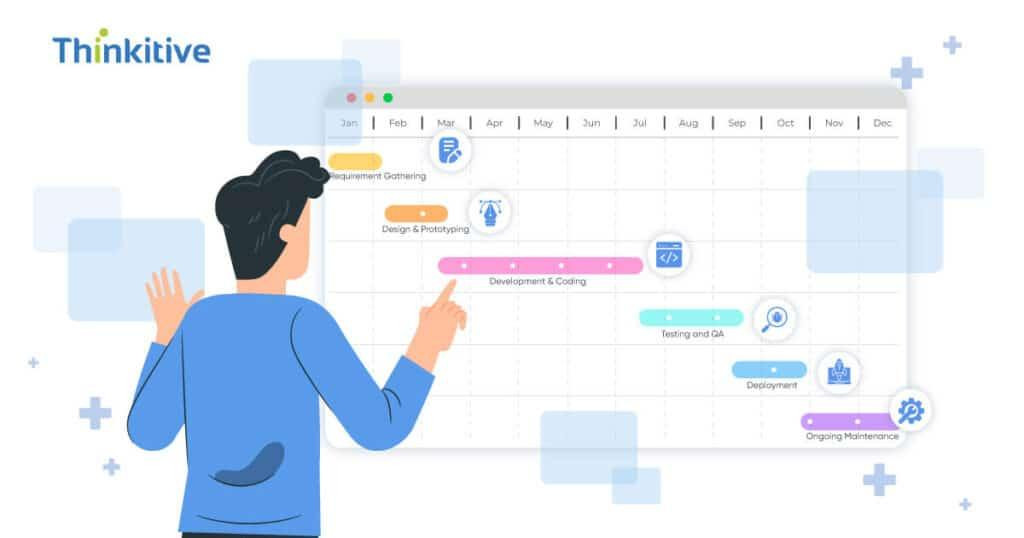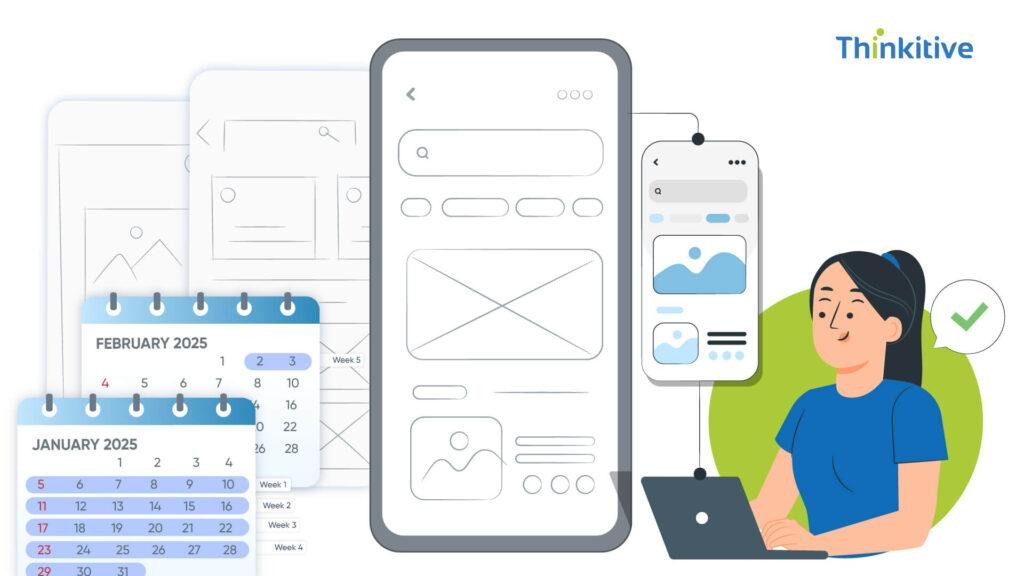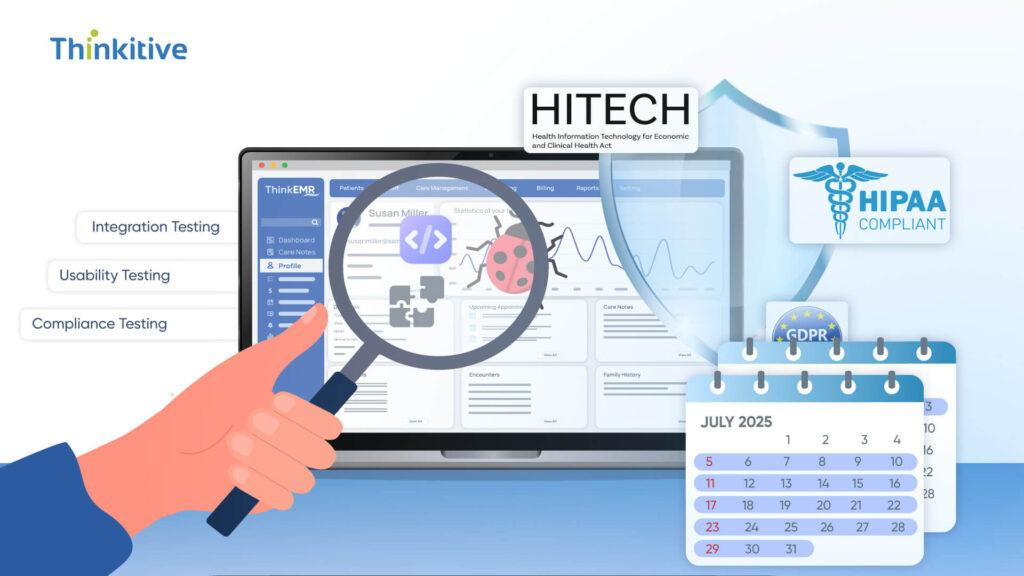
Let me provide you some stats that might give you an idea about the exclusive benefits of EHR systems and how it impacts your care delivery and practice management.
1. 45% of patients reported quality of care after the adoption of EHR by their primary practice.
2. 60% of American adults suffering from chronic illnesses reported better ongoing treatment.
3. Reduction in medical errors due to EHR is saving as much as 30% on average of the $20 billion cost each year.
You see, from cost saving to improving the quality of care in primary care delivery and chronic disease management, EHR have somewhere become the epicenter of modern-day healthcare offerings. But these are just the clinical aspects of the EHR system. The benefits it provides in practice management is something that comes as a complimentary.
However, depending on the nature of your practice, the specific clinical workflow you follow, and the intricacies that underlie your practice, a generic or off-the-shelf EHR software is proving to be an ineffective solution. That is the reason you see many healthcare providers like yourself shifting to a custom EHR software development approach.
This customized development is not just limited to EHR systems, but a surge in custom healthcare software development is also observed. Since they aim to meet the specific needs of the practice, have better adherence rate and integration scope, this naturally becomes a preferred choice for healthcare practices.
However, unlike off-the-shelf EHR software, developing EHR systems from scratch is a lengthy and long process. But why is this? Well, let’s see the typical timeline of a tailored EHR solution for healthcare and what are the factors that influence the development cycle.
So, without further ado, let’s get started.
Initial Consultation and Requirement Gathering – 2-3 Weeks
The journey starts with initial consultation that revolves around the electronic health record development. The first thing that is done here is defining the scope of the software. Meaning the development team and healthcare professionals sit down to understand the painpoints of the practice, define the specific features, functionalities and problem-solving ability of the software with specification.
Once the scope of the EHR software is completed, here are the two most important things that you do to ensure that the software meets all the requirements and is able to help its users.
1. Stakeholders Interviews: To ensure no leaf is left unturned, all the needs and requirements of the stakeholders are taken into consideration. Generally, these stakeholders involve the doctors, nurses, admins, and staff members of your practice. This is important because these are the people who will be actually using the custom EHR software.
2. Research and Compliance: The next step is to check the necessary compliance and research about the industry standards that are dominant in the healthcare industry. Compliances such as HIPAA, GDPR, etc., are necessary to build trust and help your practice to easily navigate through the legal landscape, whereas the research about the standard practice is necessary to ensure you are relevant and up to date with the industry trends, etc.
Design & Prototyping – 4-5 Weeks

In the previous stage, you basically gathered everything that you required for your custom EHR software development. Once you have everything the actual EHR system development process starts. The very first step in this involves designing the software and creating its prototypes to test if the software design works or not.
Here are some of the crucial aspects of the design and prototyping stage that you must consider and will take up almost four to five weeks of your and development team’s time.
1. Wireframes and Mockups: The success of your custom EHR software directly depends on the ease the user has while interacting and using the software. That is why user interface and user experience, better known as UI/UX, are given special attention. Here, the software design team creates wireframes and mockups of the UI/UX to give you an idea of how the software will look and feel while interacting with them.
2. User Feedback: After the wireframes and mockups are created, they are then given to a set of users to test and gain their feedback. Since they are the end-users of your software, their feedback will help you in making the software more user-friendly, and the design will be based on real-world use cases.
3. High-fidelity Prototypes: After refining the software design, high-fidelity prototypes of the software, which resemble the final look, feel, and functionality of the software, are created. This is to test the design in a real-world scenario before moving for development. If the prototype fails, the entire process is repeated to ensure that the software is easy to use and aligns perfectly with the clinical and administrative needs of the software.
Development & Coding – 3-4 Months
Soon after the design of the software is finalized, the software enters the most important and the longest phase of the EHR software project timeline which is development and coding. This is a technical part of the development, EHR development lifecycle management best practices must be implemented to ensure the software is on the right development path.
Here is a quick breakdown of the EHR software project timeline that is involved in this process:
1. Backend Development: In the healthcare IT systems development process, you need to outline the process of coding the backend. Here, everything that happens behind the screen, like data storage, security aspects of the software, and integration of the software with lab systems, billing software, etc, is coded. With backend development, the actual functioning and functionality of the software are decided and achieved.
2. Frontend Development: Once the backend of the software is developed, the frontend of the software is also developed. Here, the interface of the software is built and ensured that it is intuitive and interactive for the users. The goal that is aimed to achieve in this is to ensure it is easy for healthcare professionals to use the software.
3. Integration and Customization: While the front end and back end of the software can be achieved fairly quickly, the most time-consuming process in the development phase is the integration and customization phase. Depending on the complexity of integration with third-party systems, legacy software, and unique prepositions of practice, the EHR software project timeline is directly impacted. Given the collaborative nature of healthcare delivery, integration and customization of the custom medical record software development must not be taken lightly.
Testing and Quality Assurance (QA) – 1-2 Months

With coding and integration, the custom EHR software development is completed, and now it enters the testing phase, where the software is tested for its functionality and optimum usage. This is done for the quality assurance of the software and several types of tests are conducted on the software.
Here are some of the intricacies in this stage that you must know, which have a direct impact on the quality and healthcare software development timeline:
1. Unit and Integration Testing: In this type of testing, all the individual components of the software features are tested. Along with that, with unit testing, you can also ensure that all the parts of the software are....
